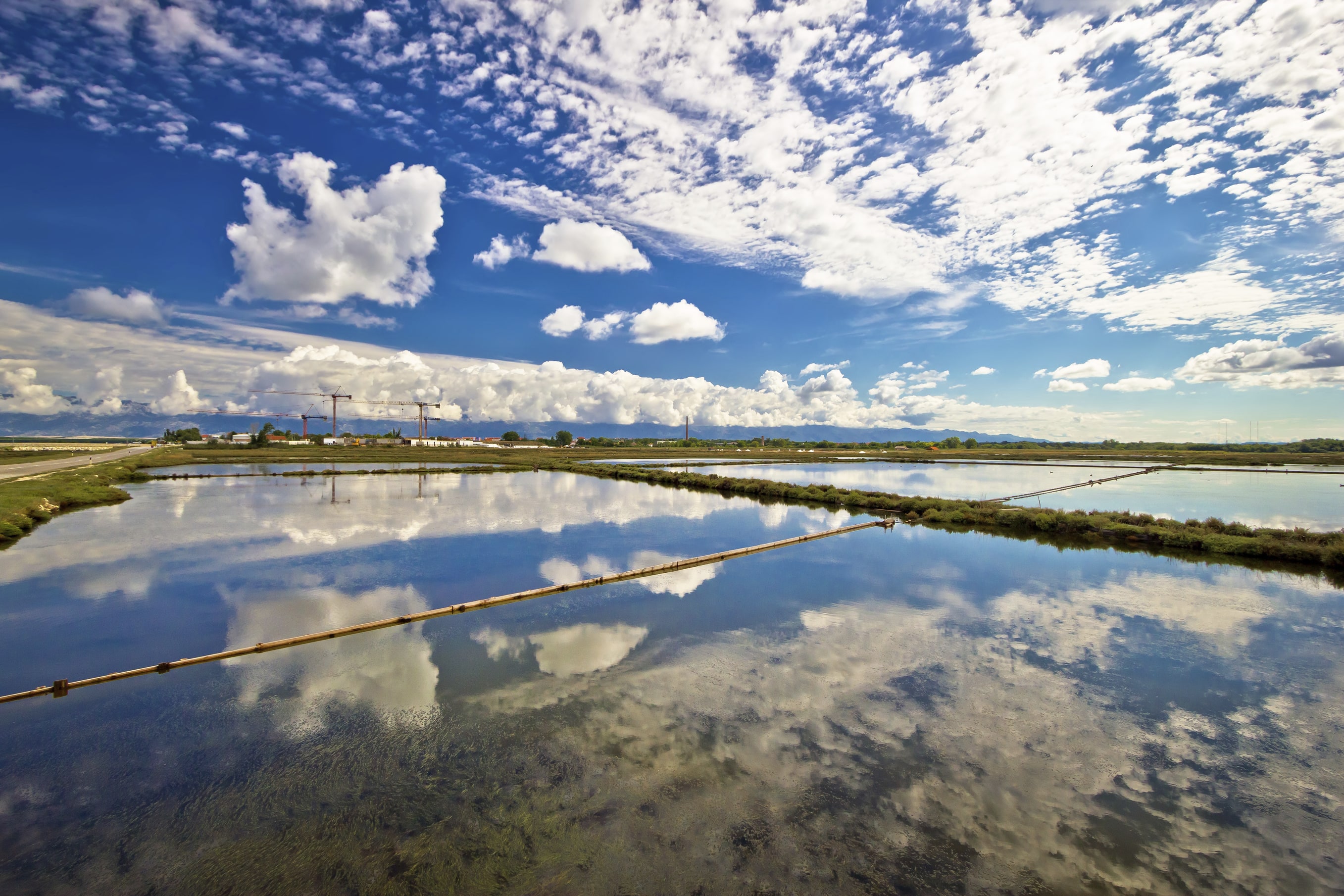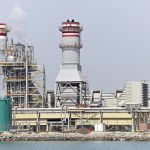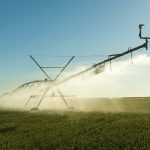Forward Osmosis System and Process
Novel method using sodium lignin sulfonate as a draw solute for a forward osmosis process

Although forward osmosis is less energy intensive than reverse osmosis, there are challenges associated with forward osmosis including the draw solutes and the membranes used in the process. Previous approaches to draw solutes have included the use of ammonia carbonate, fertilizer, magnetic particles, and complex synthetic particles; however problems exist with each of these approaches. To improve upon the previous approaches of selecting a draw solute, researchers at King Abdullah University of Science and Technology have developed a process utilizing sodium lignin sulfonate as the draw solute for forward osmosis. Sodium lignin sulfonate is a naturally abundant polymeric material generated as a waste product of paper manufacturing thereby increasing the availability of the material. In addition, due to the abundance, sodium lignin sulfonate is relatively inexpensive.
Technology Summary
There is a significant global need for sources of clean, fresh water and the demand for this critical resource continues to increase each year due to population growth in emerging markets and increased water usage for industrial/commercial applications. Reverse osmosis technologies over the last 40 years have emerged as the leading technologies for extraction of fresh water from seawater, brackish water, and wastewater. However, reverse osmosis requires significant energy inputs to produce fresh water. Forward osmosis is potentially emerging as an attractive alternative to reverse osmosis.
How It Works
The method developed includes a membrane system such as membranes formed from cellulose acetate, polyamide, or cellulose triacetate on a heat-welded polyethylene/polyester backing or cellulose triacetate with an embedded polyester screen; a channel on each side of the membrane allowing a feed solution and draw solution to flow separately; a feed system which contains the unpurified water; and a draw system which contains the sodium lignin sulfonate as the draw solute. The performance of the method has been evaluated in small-scale studies with several types of forward osmosis membranes. The developed method could be utilized for forward osmosis to extract water from seawater or wastewater and then used for irrigation purposes. The processed water could directly improve soil quality in arid desert land for desert restoration to stabilize sand and provide a medium for plant growth.
Why It Is Better
The solubility of sodium lignin sulfonate in water exceeds 75 grams per 100 grams of water and the osmotic pressure generated by 60 grams of sodium lignin sulfonate in 100 grams of water is 78 bar. Use of the sodium lignin sulfonate draw system enables high water throughput. In addition, the system does not have to be removed from the purified water. Furthermore, the final solution can be directly applied to arid land without additional processing. After application to sandy soil, the sodium lignin sulfonate combines with the sand forming a layer that can reduce water evaporation, thereby reducing the amount of water necessary for irrigation.
IP Protection
KAUST has a patent pending for this technology.
Invention Track Code
2011-117

Benefits
- Unlike reverse osmosis processes, the developed process requires less energy and results in less fouling
- Utilizes sodium lignin sulfonate, an industrial by-product which is abundant and cost-effective
- Utilizes commercial reverse osmosis membranes and nanofiltration membranes to produce high quality water with little salt flux
- Does not require recovery of sodium lignin sulfonate following processing
- Final solution can be applied directly to arid land

Applications
- Processing of wastewater to fresh water
- Processing of seawater to fresh water (water desalination)
- Agricultural production
- Irrigation of arid land
